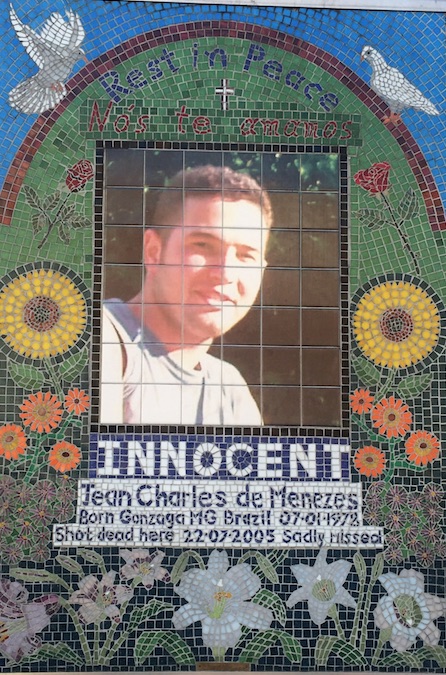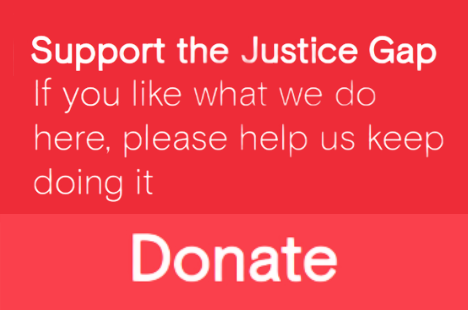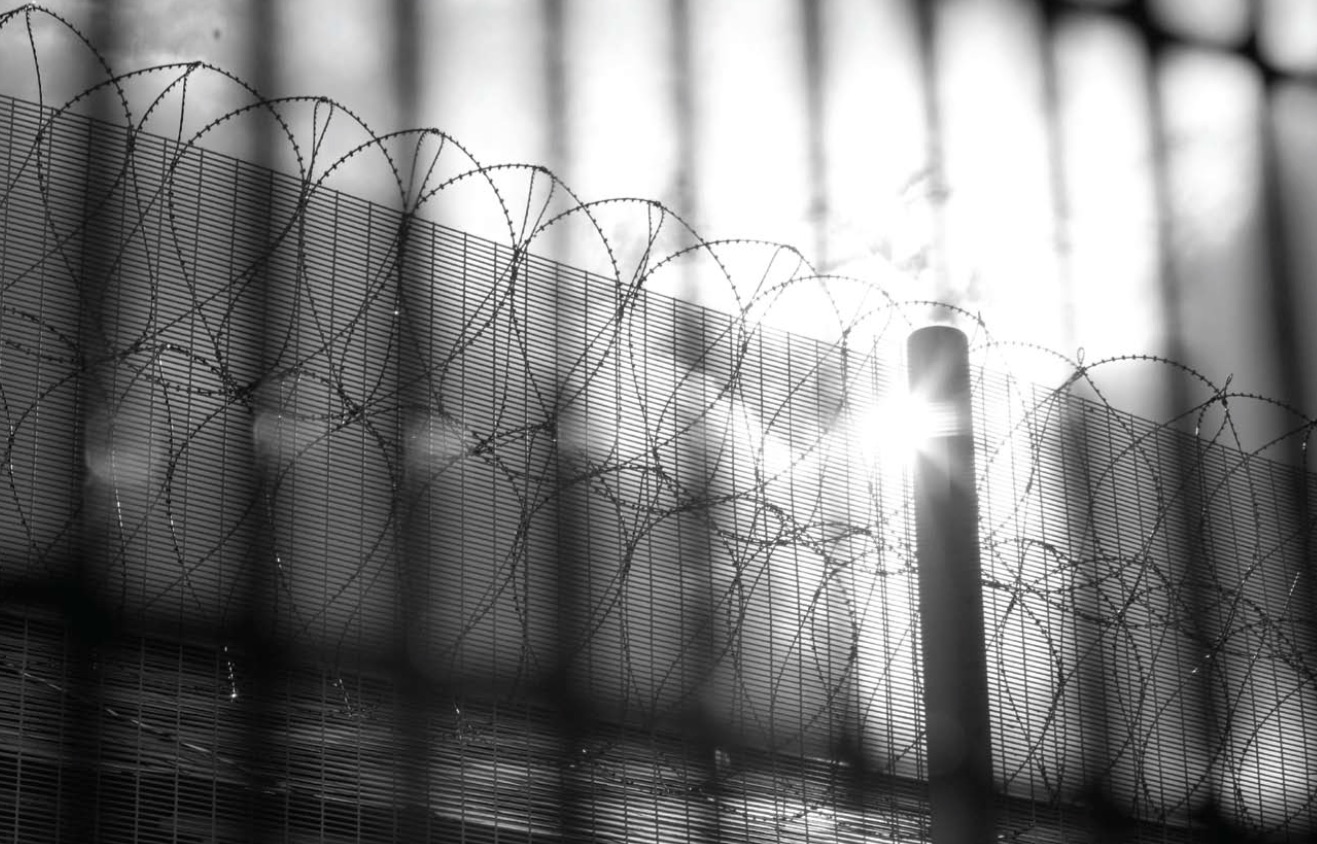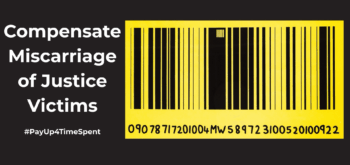[contextly_auto_sidebar]

Last week, the European Court of Human Rights ruled that the United Kingdom had not breached the European Convention on Human Rights (ECHR), article 2 – the right to life – in respect of the investigation into the death of Jean Charles de Menezes, who was killed in July 2005 when officers from the Metropolitan Police mistook him for a suicide bomber.
De Menezes’ family argued that the legal framework and investigation into his death was incompatible with Article 2 for two reasons. The first argument was that the threshold applied by the Crown Prosecution Service (CPS) when deciding whether to bring a prosecution – which requires there to be a ‘realistic prospect of a conviction’, i.e. that a jury is more likely than not to convict – is too high.
The second ground was that the test for self-defence in criminal law, which provides a defendant with a defence if they had an honest belief that there was an imminent threat, is contrary to Article 2 as it was asserted that the case law of the Strasbourg court requires an honest belief to be founded on ‘good reason’. The Equality and Human Rights Commission intervened in the case to support the application brought by de Menezes’ family.
The Grand Chamber of the European Court of Human Rights dismissed the application in a 13-4 majority judgment, concluding that there was no violation of the procedural obligation under Article 2 to conduct an effective investigation into deaths in which state agents are involved.

Jean Charles de Menezes was born on 7 January 1978 in Gonzaga, a small town in the state of Minas Gerais in eastern Brazil. He died aged 27 on 22 July 2005 at Stockwell tube station in London, after being shot in the head seven times at close range by officers from the Metropolitan Police Service, who had mistakenly identified him as a suspect in attempted bombings the previous day.
Two weeks earlier, on 7 July 2005, 52 people were killed and over 700 were injured in coordinated suicide bomb attacks on three underground trains and a bus in central London. On 21 July 2005, there was a further attempted terrorist attack at underground stations and on a bus in London involving devices which failed to explode.
At the time, de Menezes lived with two of his cousins at 17 Scotia Road, Tulse Hill, in south-west London. Unfortunately, two of the suspects from the failed bombings on 21 July, including Hussain Osman, were thought by police to reside at 21 Scotia Road, a flat accessed by the same entrance as that occupied by as de Menezes and his cousins.
When he left the communal doorway of the building at 9:33am the next day, de Menezes was followed by undercover police officers who were carrying out surveillance at the address and believed he was ‘a good possible likeness’ to Hussain Osman. Although it is not clear that any conclusive positive identification was ever made, officers suspected they were pursuing Osman (who in July 2007 was found guilty of conspiracy to murder and given a life sentence for his role in the attempted bombing).
De Menezes travelled by bus first to Brixton station, which was closed due to a security alert, then to Stockwell station. He entered the station at 10:03am, went down an escalator and boarded a train. In the meantime, officers had been ordered to detain de Menezes as soon as possible and prevent him from boarding a train. Three surveillance officers followed de Menezes onto the train, one of them blocking the train door from closing and calling firearms officers to the carriage when they arrived on the platform moments later.
Witness accounts as to exactly what happened next are contradictory, but it appears that de Menezes stood up with his arms by his sides and was then pushed back into his seat and pinned down by two police officers. Two specialist firearms officers entered the carriage and fired a total of 11 shots at de Menezes from close range. De Menezes was shot seven times in the head and once in the shoulder, and died at the scene.
In the immediate aftermath of the incident, the Metropolitan Police said the shooting was directly linked to the investigation of the failed attack the previous day. However, the day after de Menezes’ death, the police confirmed that he was an innocent man: he had not been carrying explosives and was not connected to the attempted bombings. The Metropolitan Police described the incident as ‘a tragedy’ and issued an apology. A police representative also travelled to Brazil to apologise to de Menezes’ family on behalf of the police.
‘Very serious mistakes’
The Independent Police Complaints Commission (IPCC) conducted an inquiry and its report, published in January 2006, concluded that de Menezes was killed because of ‘very serious mistakes’ which ‘could and should have been avoided’.
While emphasising ‘the pressure the Metropolitan Police were under as they worked to find and arrest the terrorists responsible for the attacks on the London transport system’, the IPCC made recommendations and identified possible criminal offences that may have been committed, including murder. The IPCC subsequently opted not to pursue disciplinary action against any of the officers involved in de Menezes’ death as there was ‘no realistic prospect’ of any disciplinary charges being upheld.
In July 2006, the Crown Prosecution Service (CPS) decided that no criminal charges would be brought against individual police officers, largely because it was considered too difficult to prove beyond reasonable doubt that the firearms officers who shot de Menezes had not genuinely believed they faced a lethal threat from a suspected suicide bomber. Although mistakes were made in the operation, the CPS concluded that there was insufficient evidence to demonstrate criminal conduct on the part of any individual.
However, the Metropolitan Police Service itself was prosecuted for – and in November 2007 found guilty of – breaching health and safety laws. This successful prosecution resulted in a £175,000 fine. At the inquest into de Menezes’ death, which ran from October to December 2008 the coroner excluded unlawful killing from the verdicts open to the jury, meaning that the options were lawful killing or an open verdict. The jury returned an open verdict. In April 2009, the CPS confirmed that following the inquest there remained insufficient evidence to prosecute any individual.
The family of Jean Charles de Menezes confidentially settled a civil claim against the police in November 2009, but continued to challenge the lawfulness of the decision by the CPS not to prosecute any officers for the killing of de Menezes. The application to the European Court of Human Rights in Strasbourg was brought by Patricia da Silva Armani, one of the cousins who lived with de Menezes in London in July 2005.
On the first ground of the challenge, concerning the evidential threshold applied by the CPS when deciding whether to proceed with a prosecution, the court held that the test requiring a realistic prospect of conviction fell within the ‘margin of appreciation’ afforded to states which are party to the ECHR.
While other countries operate different standards, there is no uniform approach and the ‘more likely than not’ threshold used by the CPS is not arbitrary and is not ‘so high as to fall outside the state’s margin of appreciation’. There was also found to be nothing in the court’s case law to support the proposition that there should be a lower evidential threshold in cases involving the use of lethal force by state agents.
On the second ground, the court considered its previous case law on self-defence and concluded that ‘it cannot be said that the definition of self-defence in England and Wales falls short of the standard required by Article 2’. The reasonableness of the belief by police officers in the necessity of lethal force was not to be treated as ‘a separate requirement but rather as a relevant factor in determining whether a belief was honestly and genuinely held’. Consequently, the principal question is ‘whether the person had an honest and genuine belief that the use of force was necessary’.
The 13 judges in the majority therefore held that the decision not to prosecute any individual officers was not ‘due to any failings in the investigation or the state’s tolerance of or collusion in unlawful acts; rather, it was due to the fact that, following a thorough investigation, a prosecutor considered all of the facts of the case and concluded that there was insufficient evidence against any individual officer to meet the threshold evidential test in respect of any criminal offence’.
The judgment of the minority
The four judges who dissented from the majority verdict essentially accepted the arguments made by de Menezes’ family, finding that there was a violation of the procedural element of Article 2 of the ECHR. Three judges noted that the civil claim settled between de Menezes’ family and the police meant there was no complaint of a substantive breach of the right to life; however, had this been part of the application, ‘the court would have had to find a violation’.
For the minority, it was crucial that self-defence required not only a subjective honest belief but also an objective good reason for that belief, and in this case ‘the majority seem to reinterpret the existing case-law by putting the emphasis on the subjective element and by diminishing the importance of the objective element’. The test for self-defence in English law is subjective and therefore failed to answer the ‘crucial question’ of whether the police officers’ belief that ‘a bomb was about to be detonated was justified in the circumstances’. The use of force by the officers was therefore ‘not adequately investigated’ in the view of the dissenting judges.
Furthermore, the ‘more likely than not’ threshold applied by the CPS creates a risk that borderline cases will not be prosecuted and that, as a result, ‘certain acts involving excessive use of force by the police may be covered by a de facto immunity from prosecution’. This combination of factors meant that ‘the death of an innocent person was not properly investigated’ in compliance with the ECHR.

The government said the court had handed down ‘the right judgment’ and ‘upheld the important principle that individuals are only prosecuted where there is a realistic prospect of conviction’. Patricia da Silva Armani said that de Menezes’ family ‘find it unbelievable that our innocent cousin could be shot seven times in the head by the Metropolitan police when he had done nothing wrong, and yet the police have not had to account for their actions’.
‘Decisions about guilt and innocence should be made by juries, not by faceless bureaucrats, and we are deeply saddened that we have been denied that opportunity yet again. We had hoped that the ruling would give a glimmer of hope, not only to us, but to all other families who have been denied the right to justice after deaths at the hands of the police’.
Patricia da Silva Armani
Between 1990 and 2015, there were 995 deaths in police custody or following police contact and 55 fatal shootings by police officers in the UK, but there has not been a single conviction of a police officer as a result of any of these deaths. To some, this is evidence of deplorable impunity; to others, instead it proves that the police perform an at times unfathomably difficult job while acting within the (criminal) law. What is beyond question is that this statistic can only enhance the sense of injustice felt by the families of those who lose their lives at the hands of the police.
The judgment of the European Court of Human Rights brings to an end the legal battle fought by de Menezes’ family following his death. Despite very serious deficiencies in the police operation on 22 July 2005, no disciplinary or criminal charges will be brought against any of the individual officers involved. The mosaic of Jean Charles de Menezes at Stockwell station continues to serve as a memorial to the tragic death of an innocent man at the hands of the Metropolitan Police.







